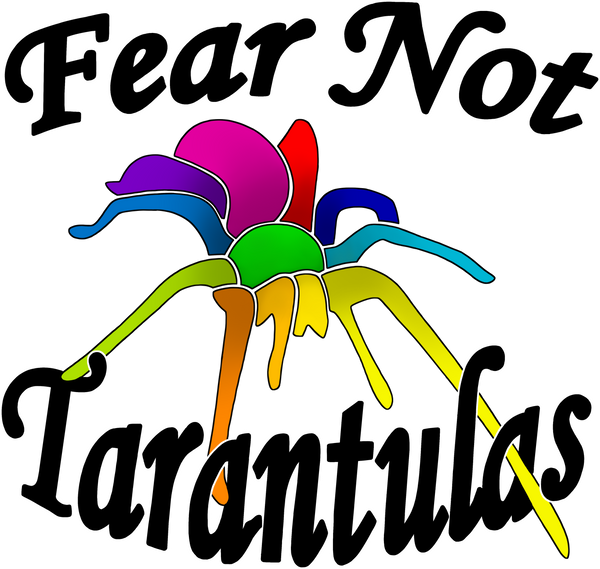Fear Not Tarantulas, Inc.
Caribena versicolor (Antilles Pinktoe Tarantula) about 1 1/4" VERY WELL STARTED! LARGER 🕷️🕷️🕷️
Caribena versicolor (Antilles Pinktoe Tarantula) about 1 1/4" VERY WELL STARTED! LARGER 🕷️🕷️🕷️
Couldn't load pickup availability
These spiderlings were bred and hatched out right here at Fear Not!
This is definitely one of the ‘prettiest’ tarantulas in the hobby. During the early stage of life, it is a beautiful bright metallic blue, fuzzy spiderling, and later becomes pink to red with a green metallic carapace. This is a good species for the beginner if a juvenile or adult is purchased. Spiderlings have some special care guidelines. The colors and fuzzy appearance of this tarantula often win people over to the hobby of collecting tarantulas.
Name Pronunciation:
Avicularia (uh-vik-yuh-LAH-ree-uh)
versicolor (VUHR-suh-kuh-luhr)
*Adapted from The American Tarantula Society
Name and Description History:
Aranea hirtipes Fabricius, 1787
Mygale hirtipes C. L. Koch, 1836
Mygale versicolor Walckenaer, 1837
New World, Arboreal
Size: 5”
Growth Rate: Medium
Natural Habitat: In the trees and shrubs of Martinique, Dominica, and Guadeloupe in the Caribbean.
Housing Needs: Arboreal setup. Higher humidity is needed and can be obtained by misting every few days and adding cups of water to the habitat. Good ventilation is also important, especially for spiderlings. A tall piece of cork bark against a side of the enclosure is good to offer as something to anchor its web on.
Temperament and Defensiveness: Versicolors are generally docile, but they do have urticating hairs which can be both kicked off and rubbed against a threat. They can also jump and bolt quite quickly. This genus has a unique defense mechanism by which they will launch excrement when they feel threatened. It can go as far as 2 or 3 feet. They also tend to jump, especially as babies and juveniles, and are particularly sensitive to breezes. If a spiderling escapes, hold your breath as you manipulate it back into the enclosure because the slightest breath will cause it to bolt.
Feeding: If hungry, an adult will always take a large dubia right from my tongs.
Share






